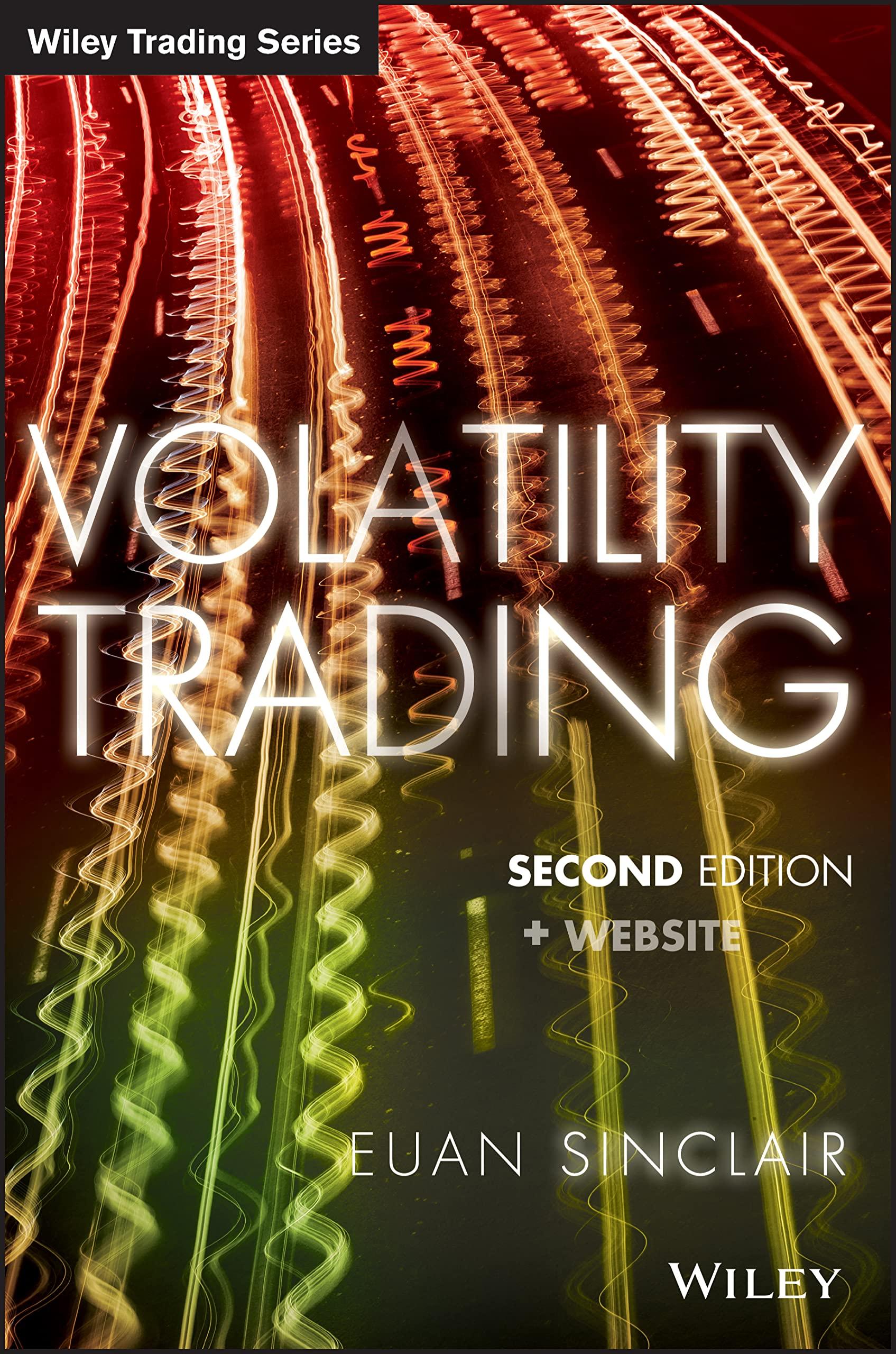Question
1. Firm M is expected to pay a $2.50 dividend at year end, the dividend is expected to grow at a constant rate of 5.50%
1. Firm M is expected to pay a $2.50 dividend at year end, the dividend is expected to grow at a constant rate of 5.50% a year, and the common stock currently sells for $52.50 a share. The before-tax cost of debt is 7.50%, and the tax rate is 40%. The target capital structure consists of 45% debt and 55% common equity. What isthe companys WACC if all the equity used is from retained earnings?
2.
A company has determined that its optimal capital structure consists of 40% debt and 60% equity. Assume the firm will not have enough retained earnings to fund the equity portion of its capital budget. Also, assume the firm accounts for flotation costs by adjusting the cost of capital. Given the following information, calculate the firm's weighted average cost of capital (WACC).
rd= 8% D0=$2.00 Tax rate = 40% P0 = $25 Growth = 0% Flotation cost on common equity = 15%
3.
Robinson Company has a marginal tax rate of 40%. The firm can raise debt at a 12% interest rate and the last dividend paid by the firm was $0.90. Robinson's common stock is selling for $8.59 per share, and its expected growth rate in earnings and dividends is 5%. If Robinson issues new common stock, the flotation cost incurred will be 10%. The firm plans to financial all capital expenditures with 30% debt and 70% equity.
-
1) What is Robinson's cost of retained earnings if it can use retained earnings rather than issue new common stock?
A) 16.00% B) 16.95% C) 17.22% D) 18.56%
-
2) What is the cost of common equity raised by selling new stock? A) 16.00%
-
B) 16.95% C) 17.22% D) 18.56%
-
3) What is the firm's WACC if the firm has sufficient retained earnings to fund the equity portion of its capital budget?
A) 13.36% B) 14.21% C) 15.94% D) 16.02%
4. JM Corporation has a target capital structure consisting of 20% debt, 20% preferred stock, and 60% common equity. Assume the firm has insufficient retained earnings to fund the equity portion of its capital budget. Its bonds have a 12% coupon, paid semiannually, a current maturity of 20 years, and sell for $1,000. The firm could sell, at par, $100 preferred stock that pays a 12% annual dividend. The firm's beta is 1.2, the risk-free rate is 10%, and the market risk premium is 5%.
JM is a constant growth firm that just paid a dividend of $2.00, sells for $27.00 per share, and has a growth rate of 8%. Flotation costs on new common stock total 10%, and the firm's marginal tax rate is 40%.
-
1) What is JM's component cost of debt?
-
2) What is JM's cost of preferred stock?
-
3) What is JM's cost of retained earnings using the CAPM approach?
-
4) What is the firm's cost of retained earnings using the DCF approach?
-
5) What is JM's WACC, if the firm has insufficient retained earnings to find the equity portion of its capital budget?
Step by Step Solution
There are 3 Steps involved in it
Step: 1

Get Instant Access to Expert-Tailored Solutions
See step-by-step solutions with expert insights and AI powered tools for academic success
Step: 2

Step: 3

Ace Your Homework with AI
Get the answers you need in no time with our AI-driven, step-by-step assistance
Get Started


